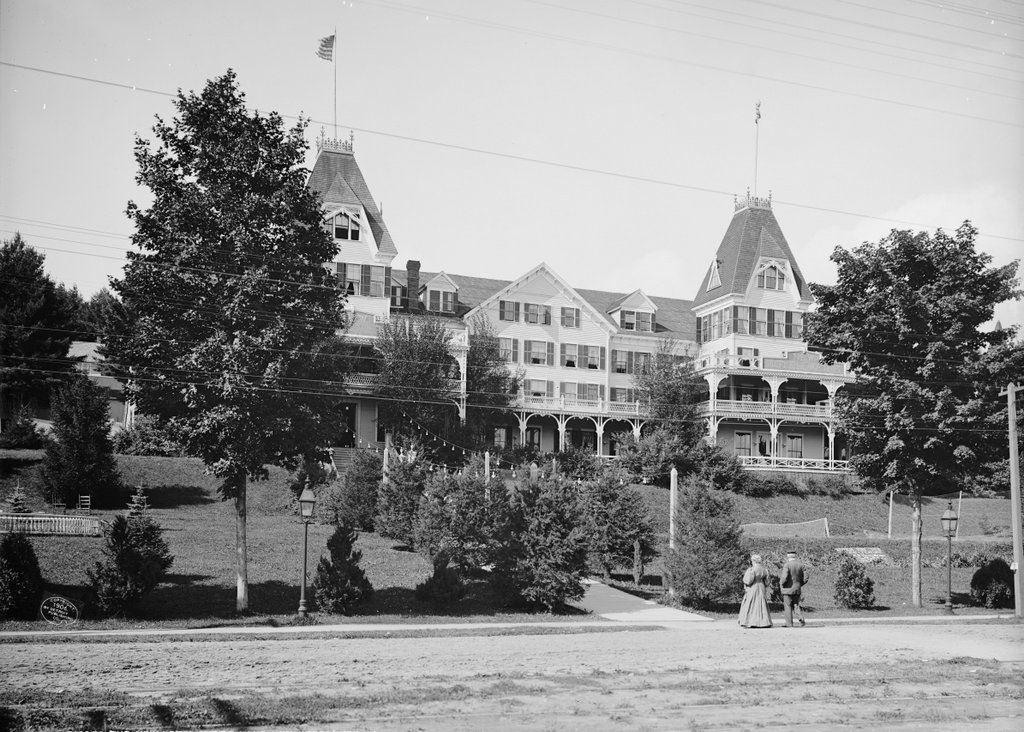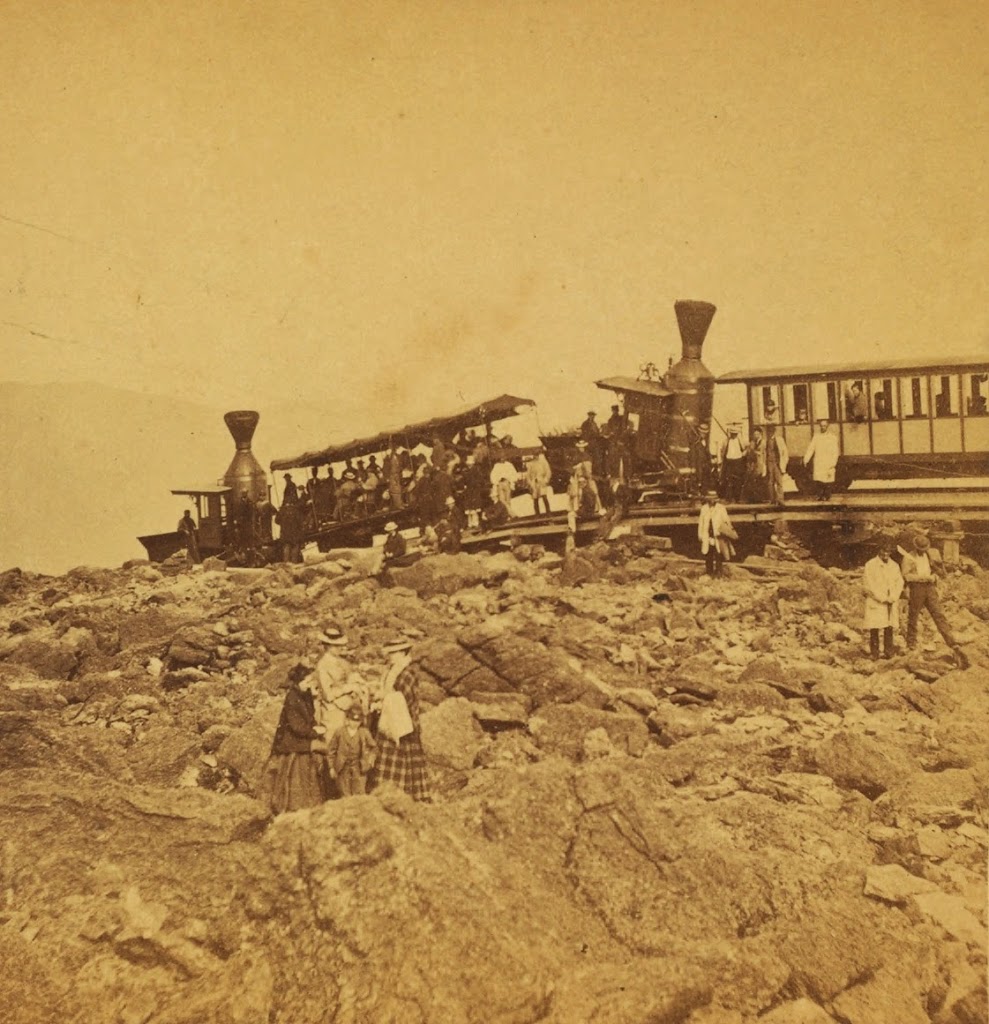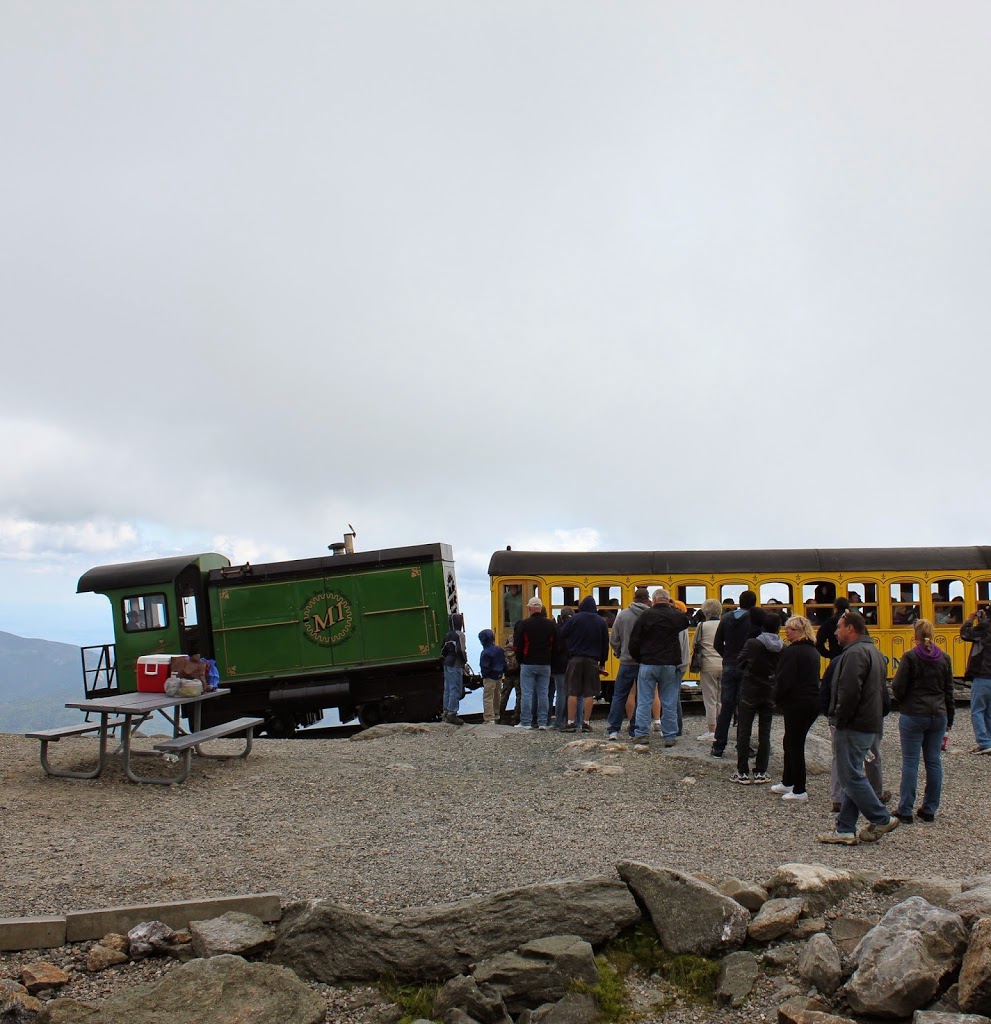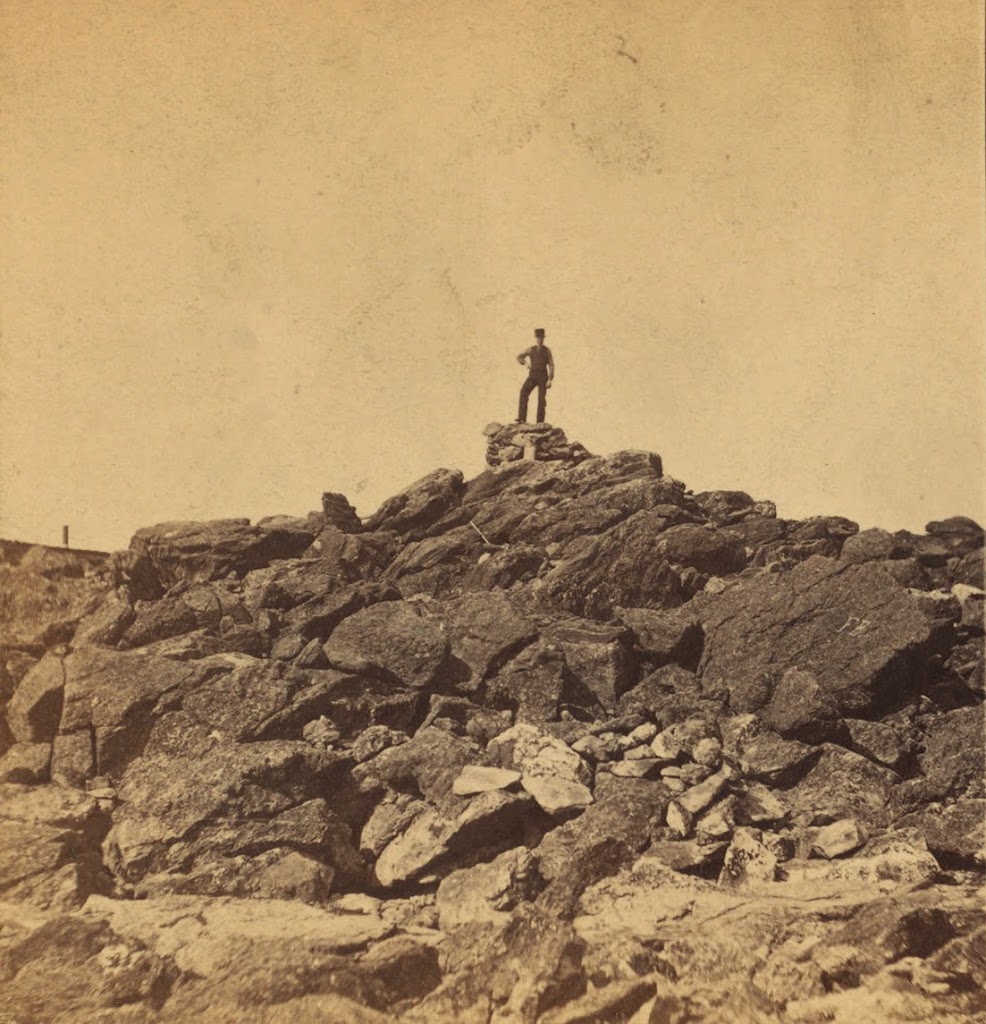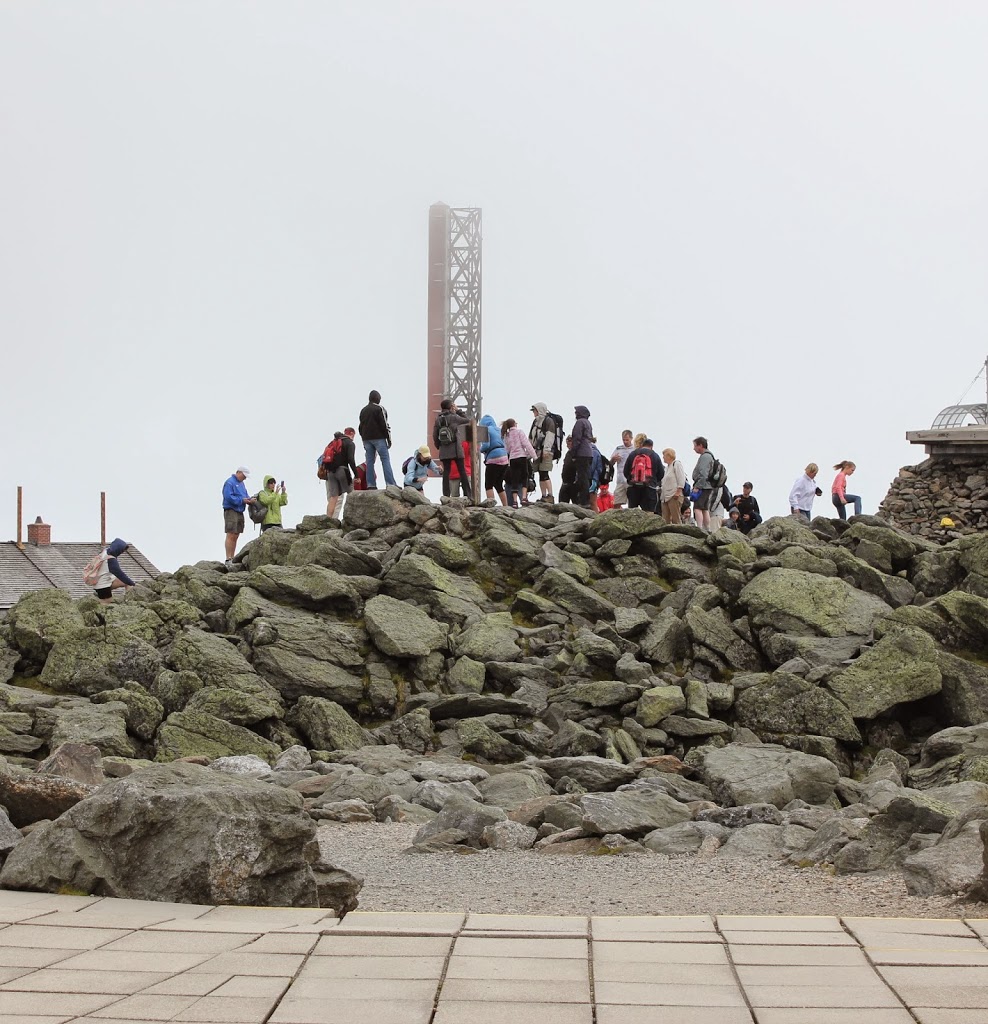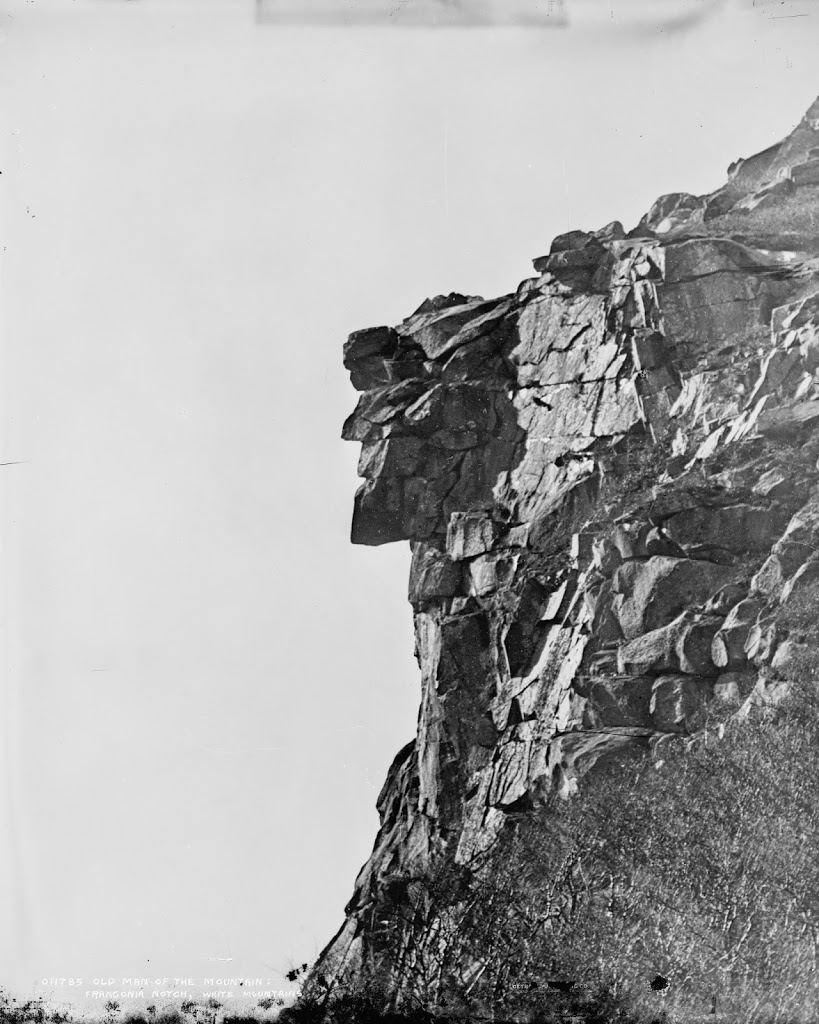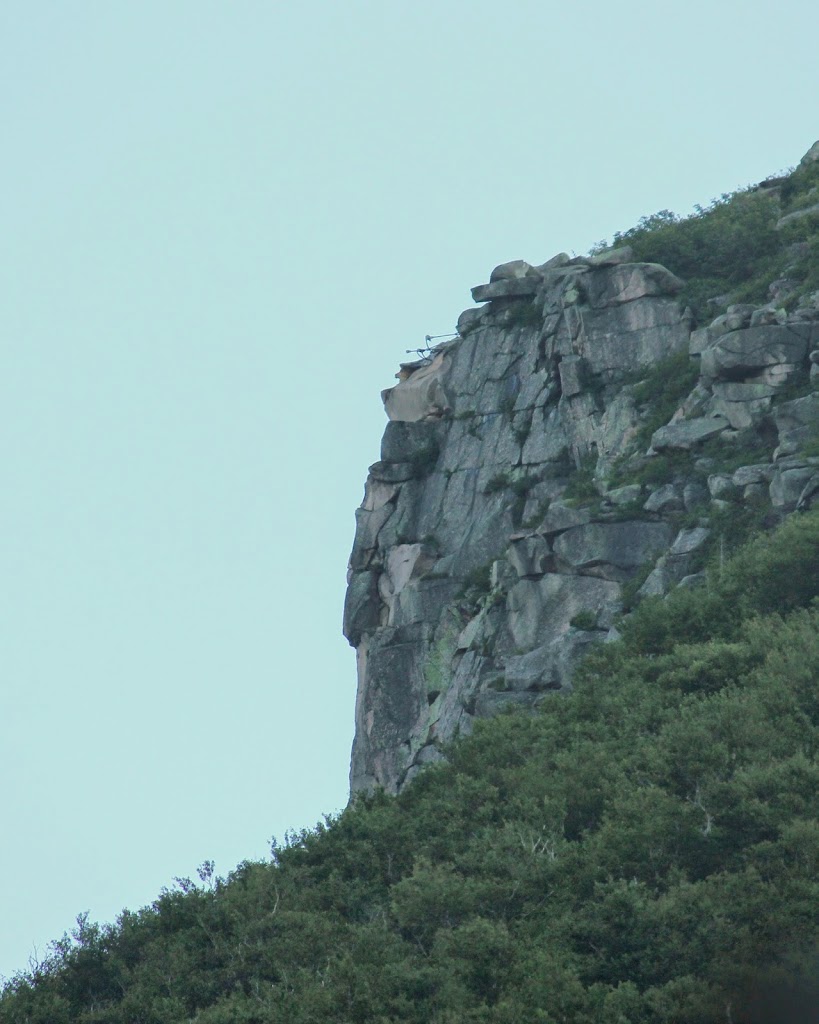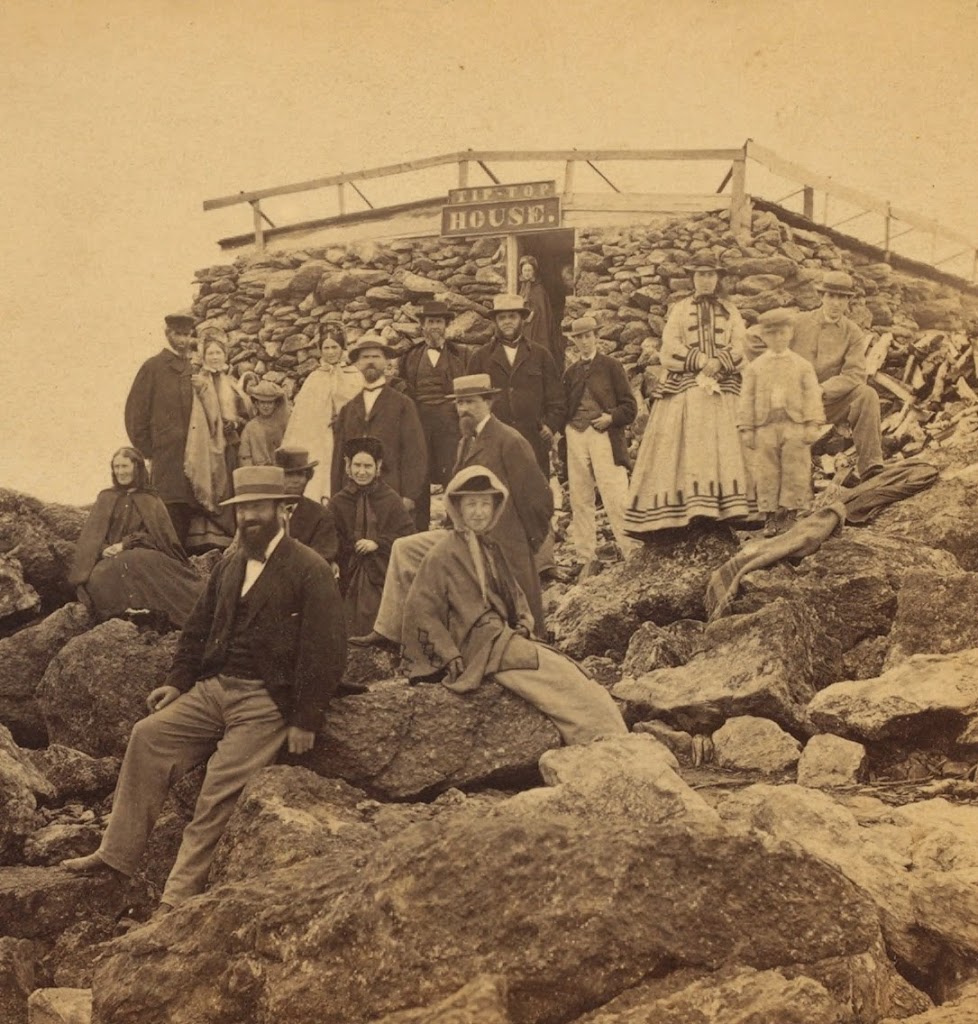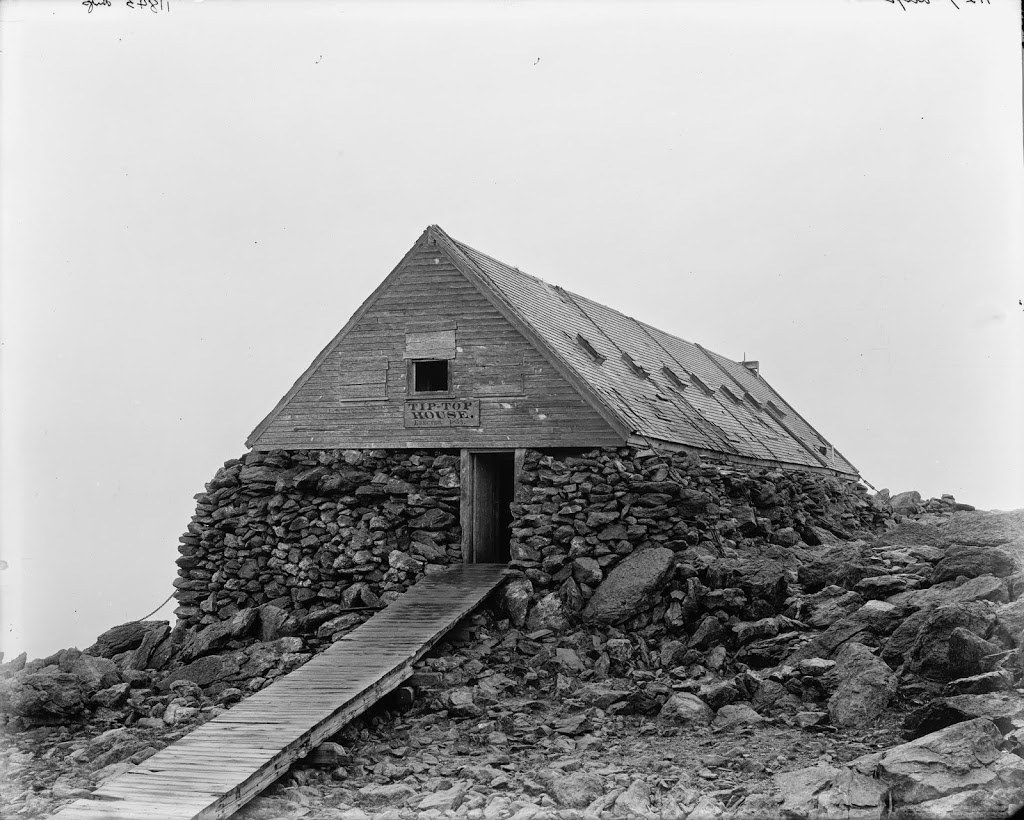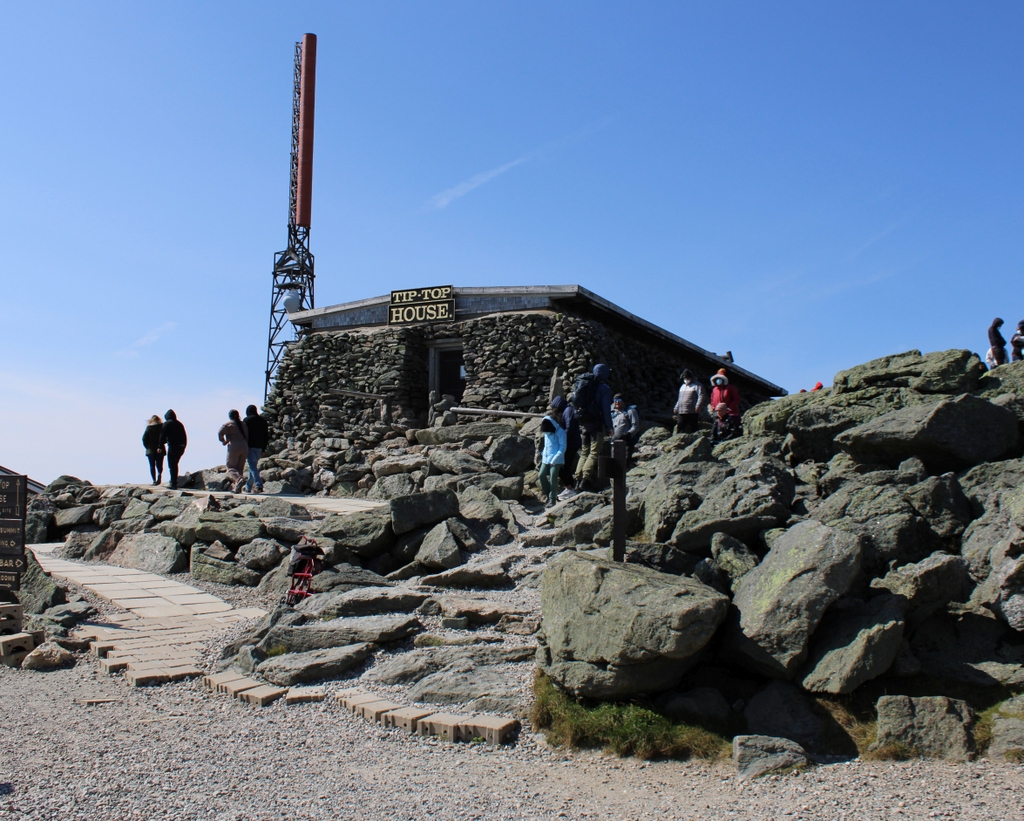The New Hotel Weirs on Lakeside Avenue in the Laconia village of Weirs Beach, around 1905. Image courtesy of the Library of Congress, Detroit Publishing Company Collection.
The location in 2015:
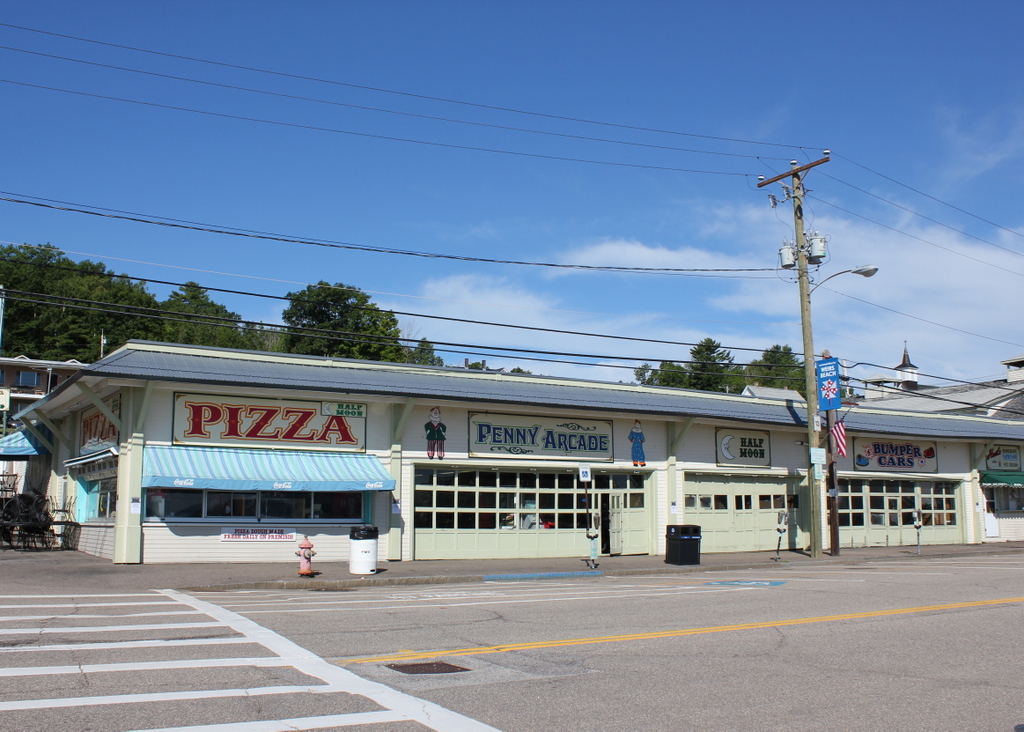
The late 1800s was a period of great economic growth throughout much of the United States, allowing greater numbers of people the luxury of traveling and vacationing. The era saw the construction of many large, resort-like hotels, and for the wealthy in the northeast, New Hampshire was a popular destination. The Laconia village known as “The Weirs” was one such place. It is the place where the waters of Lake Winnipesaukee flow into Paugus Bay on their way to the Merrimack River, and its convenient location on the railroad line led to the construction of the Hotel Weirs in 1880, right across the street from the railroad station.
It was an age of great prosperity in the Lakes Region of New Hampshire, and as other hotels continued to open, the Hotel Weirs expanded several times. The original building was the far-left section, consisting of just the tower and several window bays on either side. By the time the first photo was taken around 1905, the building had already seen two major additions in 1896 and 1899, and had been renamed the New Hotel Weirs. It was a popular destination, and its guests included Theodore Roosevelt, who stayed at the hotel during a 1902 visit.
Over the winter of 1905-1906, probably the winter after the photo was taken, it was expanded even more, with another addition to the left of the original section. However, like so many other grand hotels of its age, the New Hotel Weirs was destroyed in a fire, on November 9, 1924. The same fire also destroyed a number of nearby buildings, and the hotel was not rebuilt. The property was later redeveloped, and today it is the site of the Half Moon, which includes a motel, cottages, and arcades.

